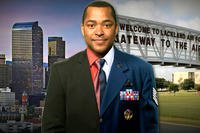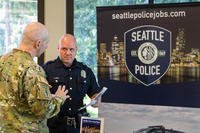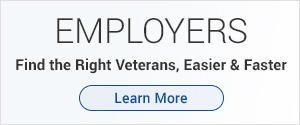The Federal Motor Carrier Safety Administration (FMCSA), along with the Department of Transportation (DoT), requires that people subject to the commercial driver's license (CDL) requirements and their employers follow alcohol and drug-testing rules. These rules include procedures for testing, frequency of tests and substances tested for.
Who's Impacted?
- Anyone employing CDL drivers to operate commercial motor vehicles (CMVs) on public roads
- CDL drivers who operate CMVs on public roads
- Interstate motor carriers
- Intrastate motor carriers
- Federal, state and local governments
- Civic organizations (disabled veteran transport, Boy/Girl Scouts, etc.)
- Faith-based organizations
The U.S. Congress recognized the need for a drug and alcohol free transportation industry, and in 1991, it passed the Omnibus Transportation Employee Testing Act, requiring DoT agencies to implement drug and alcohol testing of safety-sensitive transportation employees.
49 CFR Part 40, or Part 40 as we call it, is a DoT-wide regulation that states how to conduct testing and how to return employees to safety-sensitive duties after they violate a DoT drug and alcohol regulation. Part 40 applies to all DOT-required testing, regardless of mode of transportation.
For example, whether you are an airline employee covered by FAA rules or a trucking company driver covered by FMCSA rules, Part 40 procedures for collecting and testing specimens and reporting of test results apply to you. Each DoT agency-specific regulation spells out who is subject to testing, when and in what situations for a particular transportation industry.
Since the early 1990s, the FMCSA and its predecessor agency has defined drug and alcohol testing rules and regulations for employees who drive commercial trucks and buses that require a CDL. These regulations identify who is subject to testing, when they are tested and in what situations. The FMCSA's list of controlled substances and alcohol use and testing regulations can be found at 49 CFR Part 382.
Are you a driver with questions on drug and alcohol testing rules and regulations? Resources on this website can help you find answers to these common questions:
- Who is tested?
- Which substances are tested?
- When does testing occur?
- What are the testing procedures?
- What if I fail or refuse a test?
- What resources are available to drivers?
Find the Right Veteran Job
Whether you want to polish your resume, find veteran job fairs in your area or connect with employers looking to hire veterans, Military.com can help. Subscribe to Military.com to have job postings, guides and advice, and more delivered directly to your inbox.











